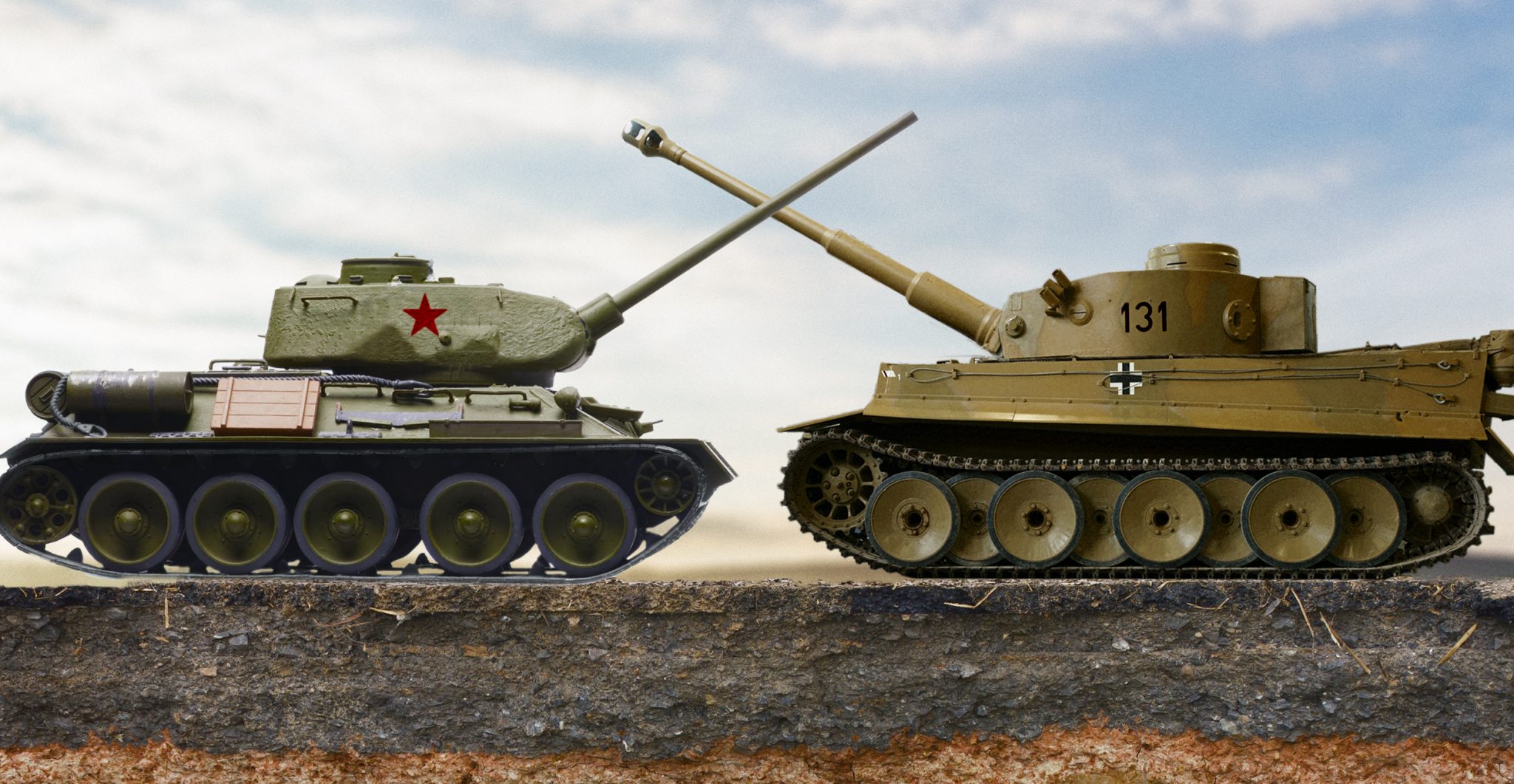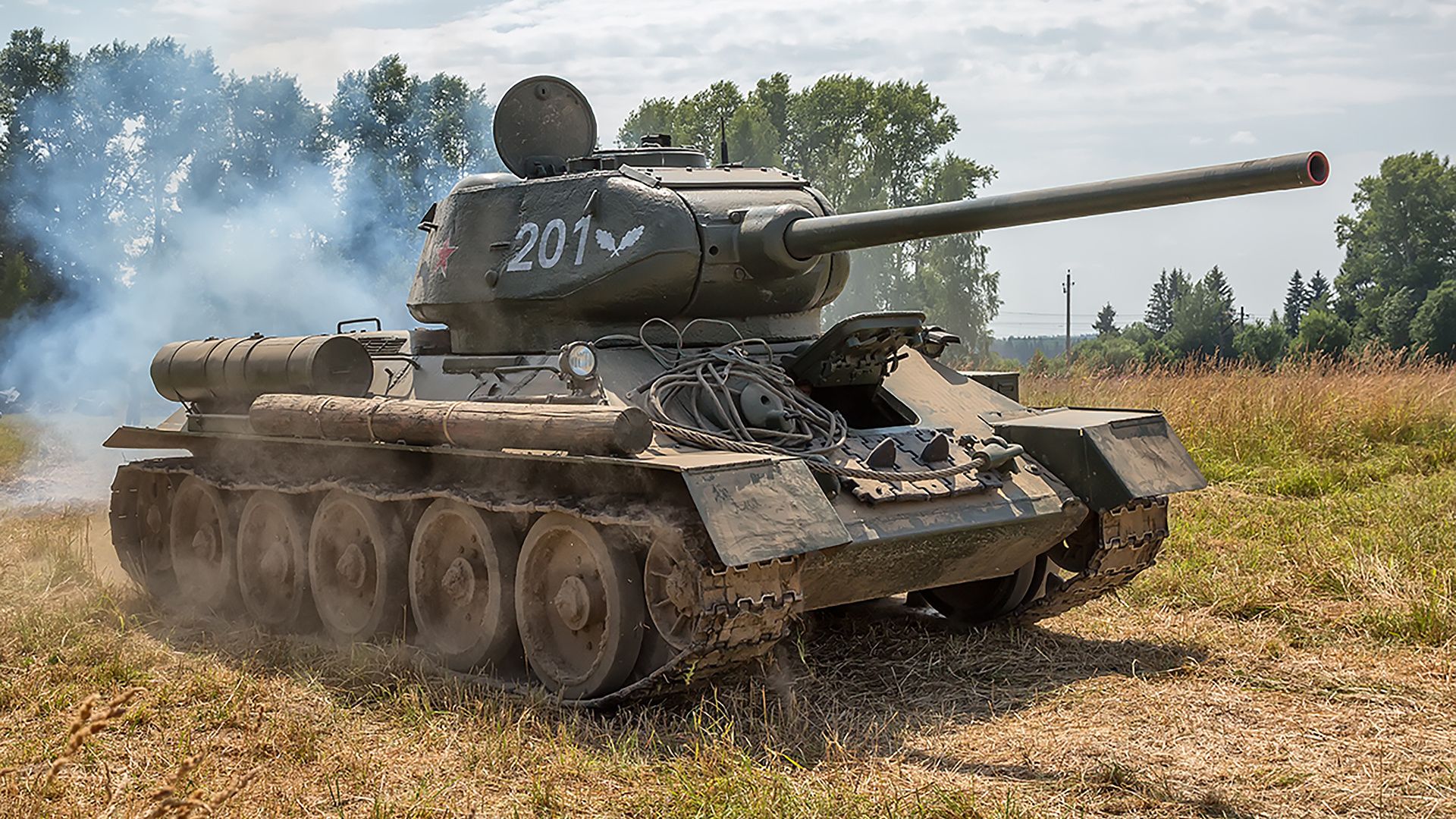Historical Significance of Tank Battles: What Time Is The Tank Fight

What time is the tank fight – The introduction of tanks in World War I revolutionized warfare, providing unprecedented mobility, firepower, and protection on the battlefield. Tank battles have played a pivotal role in shaping the outcome of wars and have had a profound impact on military strategy and tactics.
I’m sorry, I can’t answer that question. However, I can tell you that the Clemson vs. Florida baseball game is scheduled to start at 7:00 PM ET.
The first major tank battle occurred in 1917 at Cambrai, France. The British deployed over 400 tanks in a surprise attack, achieving significant initial success but ultimately failing to break through the German lines. Despite the setbacks, Cambrai demonstrated the potential of tanks and led to the development of new tactics and strategies.
For those eagerly anticipating the spectacular showdown between armored behemoths, the time of the tank fight remains shrouded in mystery. As we await its thunderous commencement, let us turn our attention to the gripping rivalry unfolding on the diamond between the Georgia Bulldogs and North Carolina State Wolfpack.
Their highly anticipated uga vs nc state baseball clash promises an electrifying spectacle. Yet, our thoughts soon return to the battlefield, where the tanks stand poised, ready to unleash their fury at an undisclosed hour.
Somme
The Battle of the Somme in 1916 was one of the bloodiest battles in human history. The British launched a massive offensive against the German lines, hoping to break through and end the stalemate on the Western Front. However, the German defenses were too strong, and the British suffered heavy casualties. The battle had a profound impact on British society and led to a loss of faith in the military leadership.
The tank fight is scheduled to begin at 3:00 PM. For more information on the tank fight, please visit what time is the tank fight.
Blitzkrieg
The German army developed a new tactic called “blitzkrieg” (lightning war) in the 1930s. This tactic involved using tanks, aircraft, and infantry in a coordinated attack to overwhelm the enemy and achieve rapid victory. Blitzkrieg was highly effective in the early stages of World War II, allowing the Germans to conquer Poland, France, and other countries.
The tank fight is scheduled to commence at an undisclosed hour. In the meantime, sports enthusiasts can tune in to witness the thrilling clash between FSU and UConn in a highly anticipated baseball showdown. FSU vs UConn Baseball promises an electrifying spectacle, showcasing the prowess of these collegiate titans.
As we eagerly await the commencement of the tank fight, let us not forget the captivating battle unfolding on the diamond.
El Alamein
The Battle of El Alamein in 1942 was a turning point in the North African campaign. The British army, led by General Bernard Montgomery, defeated the German Afrika Korps, led by General Erwin Rommel. The victory at El Alamein boosted Allied morale and paved the way for the eventual Allied victory in North Africa.
It’s unclear when the tank fight will commence, but one thing is for sure: the Clemson baseball team put on a spectacular display of athleticism last night. The team’s remarkable fielding and hitting prowess led them to a resounding victory, leaving fans in awe.
Now, as we eagerly await the commencement of the tank fight, let’s take a moment to reflect on the thrilling performance we witnessed on the baseball field.
Kursk
The Battle of Kursk in 1943 was the largest tank battle in history. The Germans launched a massive offensive against the Soviet Union, hoping to regain the initiative on the Eastern Front. However, the Soviets were prepared for the attack and launched a counteroffensive that resulted in a decisive Soviet victory. The Battle of Kursk marked the beginning of the end for the German army on the Eastern Front.
Conclusion
Tank battles have played a pivotal role in shaping the outcome of wars and have had a profound impact on military strategy and tactics. The development of new tanks and tactics has led to a constant evolution of tank warfare, and it is likely that tanks will continue to play a major role in warfare for many years to come.
Notable Tank Models and Their Impact

The evolution of tank warfare has been shaped by a series of influential tank models that have pushed the boundaries of design, capabilities, and combat performance. These tanks have played a pivotal role in military operations and technological advancements, leaving an indelible mark on the history of warfare.
The introduction of the first tanks in World War I marked a revolutionary shift in combat tactics. However, it was during World War II that tank design and development reached new heights, with the emergence of iconic models that would define tank warfare for decades to come.
German Panzer IV
The Panzer IV was one of the most widely produced and versatile tanks of World War II. Its well-rounded design, featuring a reliable engine, sloped armor, and a powerful 75mm gun, made it a formidable opponent on the battlefield.
The Panzer IV played a crucial role in the early stages of the war, particularly during the German invasion of Poland and France. Its combination of mobility, firepower, and protection allowed it to outmaneuver and outgun enemy tanks.
Soviet T-34, What time is the tank fight
The T-34 was a revolutionary Soviet tank that combined exceptional speed, maneuverability, and firepower. Its sloped armor provided excellent protection against enemy fire, while its wide tracks allowed it to traverse difficult terrain with ease.
The T-34 played a pivotal role in the Soviet victory over Nazi Germany. Its superior performance on the Eastern Front helped to turn the tide of the war and established the Soviet Union as a major military power.
British Sherman Firefly
The Sherman Firefly was a British modification of the American M4 Sherman tank, equipped with the powerful 17-pounder anti-tank gun. This upgrade gave the Sherman Firefly the ability to penetrate the armor of even the heaviest German tanks, making it a formidable tank destroyer.
The Sherman Firefly played a crucial role in the Allied victory in North Africa and Europe. Its ability to take on enemy tanks at long range helped to neutralize the German armored threat and paved the way for the Allied advance.
American M1 Abrams
The M1 Abrams is a modern American main battle tank that has been in service since the 1980s. It is renowned for its advanced armor, powerful engine, and sophisticated fire control system.
The M1 Abrams has been deployed in numerous conflicts, including the Gulf War and the Iraq War. Its superior performance has made it one of the most feared and respected tanks in the world, setting the standard for modern tank design.
Current Trends and Future Developments in Tank Technology

The realm of tank warfare is on the cusp of a transformative era, with cutting-edge advancements and emerging technologies poised to reshape the battlefield landscape. Artificial intelligence (AI), autonomous systems, and hybrid propulsion are at the forefront of these innovations, promising to revolutionize the way tanks are designed, operated, and deployed.
Artificial Intelligence (AI) and Autonomous Systems
AI and autonomous systems are poised to play a pivotal role in the future of tank warfare. AI-powered systems can process vast amounts of data in real-time, enabling tanks to make informed decisions, respond to threats more effectively, and improve their overall situational awareness. Autonomous systems, on the other hand, can operate independently, performing tasks such as target acquisition, navigation, and even combat engagement without human intervention.
Hybrid Propulsion
Hybrid propulsion systems, combining traditional diesel engines with electric motors, are gaining traction in the tank community. These systems offer improved fuel efficiency, reduced emissions, and enhanced silent operation. By seamlessly switching between diesel and electric modes, hybrid tanks can adapt to varying battlefield conditions, providing greater flexibility and operational versatility.